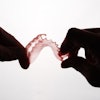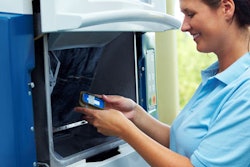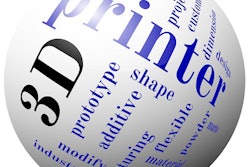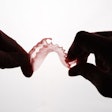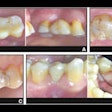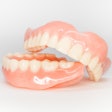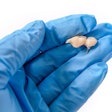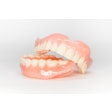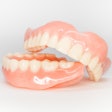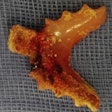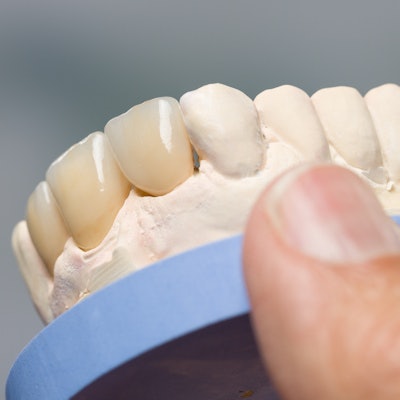
Completing a final impression during the fabrication of complete dentures can be time-consuming. Researchers compared a method using the denture's baseplate and one using custom trays and found that the baseplate method was faster and had similar clinical outcomes.
Their study included 68 edentulous patients referred for denture treatment who were randomly divided into two groups: a custom trays group (n = 30) and a trial denture baseplate group (n = 38). The researchers evaluated denture quality, clinical time for denture fabrication, and patient-reported outcomes, and their findings were published in Gerodontology (July 5, 2019).
For the custom trays group, practitioners used an autopolymerizing acrylic resin custom tray for the impression. In the baseplate group, the practitioners made the final impression by using try‐in dentures. They used zinc oxide eugenol paste as the impression material for both groups.
The baseplate group had a greater than 23% mean reduction in clinical time, the researchers found, along with no significant differences between the groups regarding prosthodontic and patient‐reported outcomes. In addition, patients in the baseplate group had an average of 4.2 appointments until the delivery of the dentures compared with 5.0 appointments for the custom trays group.
The study results showed that the baseplate method for final impression is less time‐consuming and has similar clinical outcomes when compared with the traditional final impression method, the researchers concluded.
"Findings suggest that this alternative may be considered when efficiency is a critical issue in healthcare services," wrote the authors, led by Gabriela de Resende, PhD, of the department of oral rehabilitation at the Federal University of Goiás School of Dentistry in Goiânia, Brazil.

